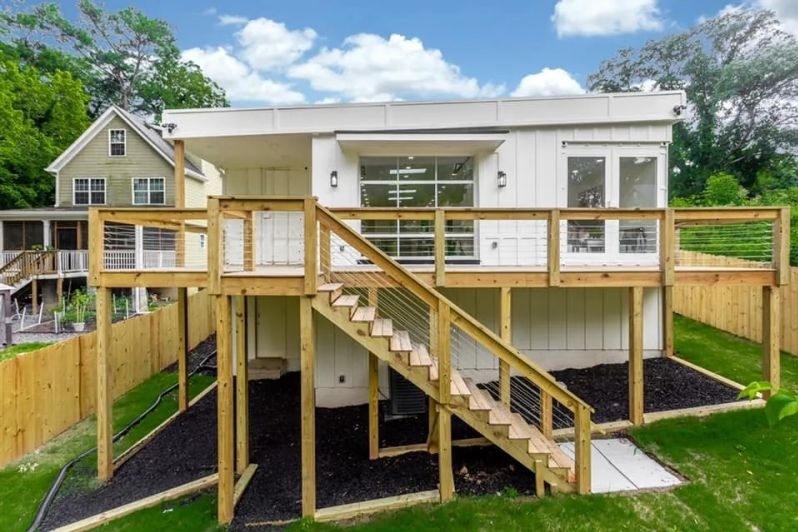How to design drainage pipes for container houses?

Container houses are gradually becoming more and more popular due to their unique architectural style and practicality. As an important part of container houses, drainage pipes are crucial to ensuring the comfort and hygiene of the living environment. So, how to design drainage pipes in container houses?
First of all, we need to understand the characteristics of container houses. Due to their limited space, the drainage pipe design of container houses needs to be more compact and efficient. At the same time, due to its mobile and modular characteristics, the design of drainage pipes also needs to take into account the transportation and assembly of the house.
In the design of drainage pipes for container houses, we need to follow the following principles:
Reasonably plan the drainage path: According to the use function and layout of the house, rationally plan the path of the drainage pipe to ensure that sewage can be drained smoothly.
Select the appropriate pipe material: Select the appropriate pipe material based on the nature of the emissions and the pressure the pipeline can withstand to ensure the durability and safety of the pipeline.
Optimize the pipeline layout: On the premise of ensuring the drainage effect, try to optimize the pipeline layout to reduce the occupied space and facilitate installation and maintenance.
Consider the mobility of the house: Since container homes may be moved frequently, the drainage pipe design needs to take this into account to ensure that the disassembly and reassembly of the pipes is easy and quick.
Comply with relevant regulations and standards: When designing drainage pipelines, you need to comply with relevant regulations and standards of relevant countries and regions to ensure design compliance.
The drainage pipeline design of container houses needs to fully take into account its characteristics and needs, and ensure the normal operation and service life of the drainage system through reasonable planning and selection of appropriate pipe materials, layout, etc. At the same time, compliance with relevant laws and regulations is also essential. Only in this way can we provide residents with a comfortable and hygienic living environment.
